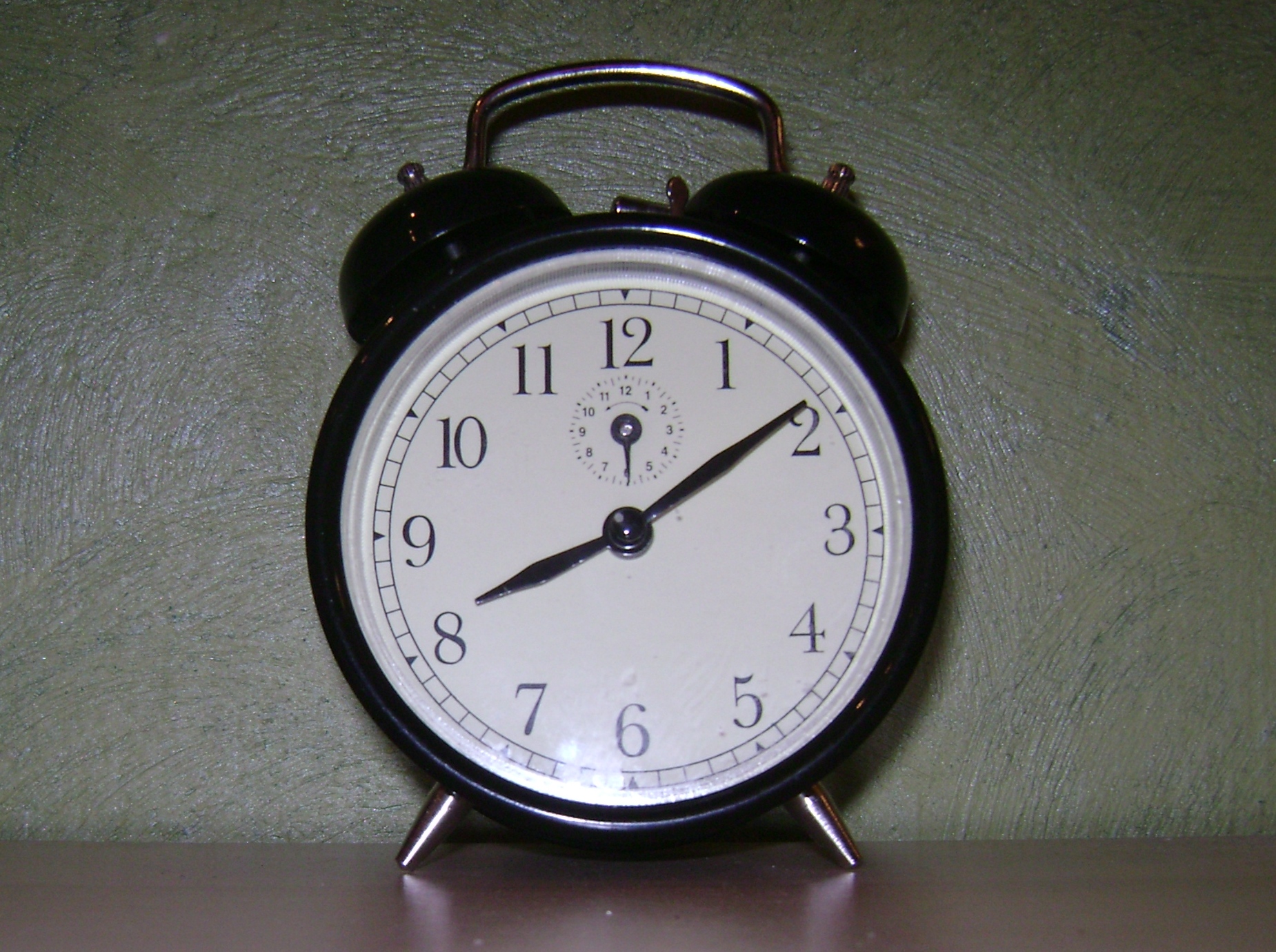HEALTH: All choked up: athletes with asthma

By Kimmy Siu,
HUB Correspondent–
“[Asthma] feels like you’re trying to breath but there is no air,” sophomore lacrosse player Isaiah West said.
According to the American Lung Association, asthma is one of the most common chronic disorders in childhood and currently affects about 7.1 million children and teens under the age of 18.
It is a lung disease caused by spasms—reaction to various triggers—in a person’s lungs. A factor that often triggers a person’s asthma is exercise or sports.
An asthmatic athlete finds his or her sport increasingly more challenging than an athlete free of asthma.
“I’m not able to play as long as I would like to,” sophomore basketball player Jerid Roberson said. He and many other asthmatic athletes may require extra water breaks to catch their breath or having to step aside during practice to use their inhaler.
Roberson always has his inhaler in the jumble of his basketball bag to quickly catch his breath during water breaks. “I have to bring my inhaler and use it during breaks or I can’t keep up,” Roberson said.
“[Asthma] has affected my sports a ton,” senior softball player Sydney Rosenblum said. When Rosenblum first developed asthma, she didn’t use a suitable medication to treat her asthma. Because of that, simple softball drills would cause her lungs to tighten and she would have to take frequent breaks. “I hated having to sit out.”
Rosenblum explains that her new medication is better, but that heavy exercise is still difficult for her lungs to handle. “I hate having asthma because I feel like I can’t reach my full potential.”
West developed asthma at a younger age but now does not have it. During the four years when managing asthma, West had two attacks. The second occurred during a heavy lacrosse practice.
The frigid air challenged West’s asthma and his lungs began to tighten. “I could feel my lungs tightening and it only stressed me out more, my heart started beating faster and it only made it worse.” He was quickly short of breath and strained to stay calm. West was barely able to breathe, when fortunately, a teammate fetched him his inhaler. A quick inhale of aerosol propellant soothed his throat and gradually the hyperventilating slowed to relaxed breathing.
In 2010, 53% of total amount of people managing asthma had and asthma attack. Many asthmatic athletes may restrain from participating at their full potential in fear of having an attack. Difficulties like this occur often during sports practices, according to Roberson.
“It’s difficult to quantify a specific degree of difficulty for an asthmatic participating in track and field. For better or worse our sport deals strictly in objective, measurable results, and athletes are evaluated on performance regardless of whether they manage asthma or not,” said Drew Wartenburg, head coach of the UCD track and cross country team.
According to the American Lung Association, approximately 4.1 million athletes between the ages of 9 and 18 have been affected by asthma. “I don’t think many people recognize that so many athletes are affected by asthma,” West said.
Wartenburg says there is no definite way to tell whether an athlete has asthma just by looking at a team.
“I have to say that picking an asthmatic out of a field without prior background knowledge of having seen a person using an inhaler is close to impossible,” Wartenburg said.
Though it is such a common and wide spread condition, Wartenburg does not believe that asthma should stop an athlete or restrict them.
“I like to say that every athlete has a story comprised of every aspect that makes that person who he or she is. Asthma, or being short, or even having six toes, can represent one element of someone’s personal story, but it doesn’t have to define them.”




